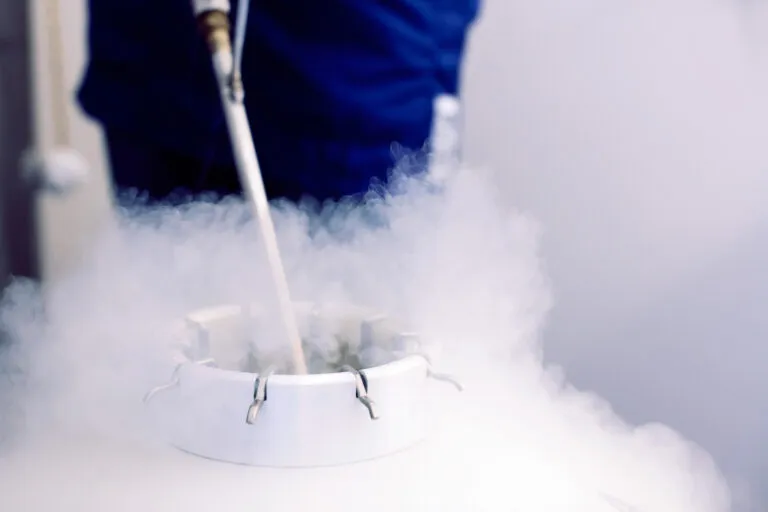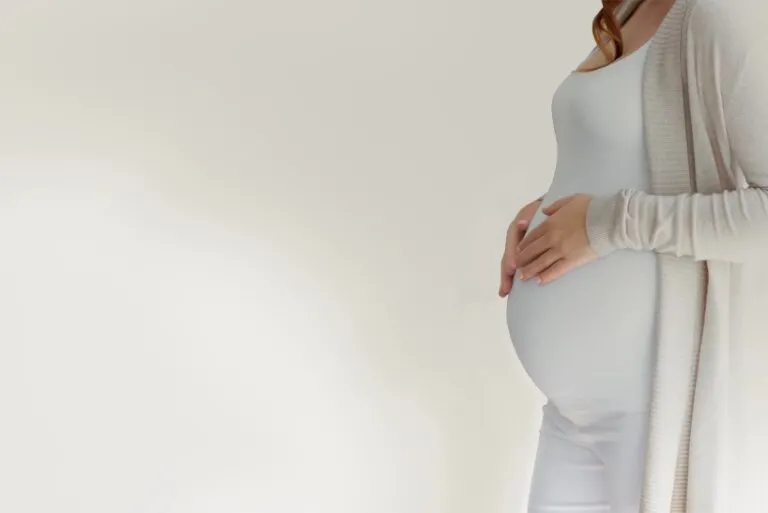Cerebral palsy affects about 2 out of every 1,000 children. The symptoms of the disease are varied, but in most cases affect normal development and function. Ada's story shows that a decision made at birth can sometimes affect a lifetime.
Cerebral palsy – what is it?
Cerebral palsy is a fairly broad term for conditions that involve brain dysfunction in children due to a history of ischemia or hypoxia as well as trauma, among other factors. The common element is limitation of movement. The symptoms of cerebral palsy are related to the loss of brain tissue and can vary from case to case. However, in most cases, parents notice abnormalities in their child’s development. Treatment of cerebral palsy is symptomatic and individualized, but is based in particular on intensive rehabilitation, which in conjunction with the plasticity of the child’s brain can achieve the best results.
How did the story of Ada begin?
Ada received 10 points on the Apgar scale at birth. The pregnancy also proceeded without complications. The parents did not notice anything alarming at first. However, around the sixth month of life, the first symptoms appeared. The parents noticed above all that Ada had difficulty grasping with her right hand. In the course of diagnostics and transpupillary ultrasound, it became clear that lesions were present in the girl’s brain. Their etiology was most likely ischemic. This means that Ada suffered a stroke in the first weeks or months of her life. As a result, she developed symptoms of cerebral palsy. The most problematic symptom associated with the disease proved to be problems with precise movements of the right hand. In addition, Ada also had problems walking or speaking.
Ada’s treatment
The parents, seeing problems with the normal development of the girl, decided to find an effective therapy and treatment. The chance to improve their child’s health seemed to be the umbilical cord blood collected at birth and the stem cells derived from it. The parents found a leading center for stem cell transplantation and related research at Duke University. In cooperation with PBKM, the parents contacted doctors, the stored material was sent to the U.S., and Ada, then two years old, and her parents traveled to the clinic. There, after a one-day examination and medical interview, the girl was transplanted with her own stem cells from umbilical cord blood. No special preparation of the child was required. The procedure went without complications and the girl was able to leave the hospital the same day.
Effects of stem cell therapy
The parents noticed the first effects of stem cell therapy on Ada a few days after the transplant. The girl was able to open the cupboard on her own with her right hand, which was completely non-functional before. For the parents, the effect of stem cell treatment combined with regular rehabilitation was spectacular. The girl now attends kindergarten, plays with her peers, and the damage caused by the stroke does not significantly affect her daily life.
Stem cells and cerebral palsy
The team of researchers led by Joanne Kurtzberg at Duke University, where the transplantation was performed in Ada, is constantly searching for the optimal and most effective method of using stem cells in the treatment of cerebral palsy. In the studies published so far, specialists highlight the effects of the therapy in terms of improved motor function of patients compared to traditional therapies. Moreover, it is extremely important that in cerebral palsy even the smallest effects of the treatment are very important and noticeable for the parents. Thanks to them, the child is able to independently grasp an object or squeeze a hand. The improvement of a child with infantile cerebral palsy is composed of many factors, such as the original condition, good and careful rehabilitation, but also the latest therapies, including treatment with the child’s own stem cells from umbilical cord blood and cord. One has a chance to collect these stem cells only once in a lifetime, namely at birth. It is not worth wasting them.











